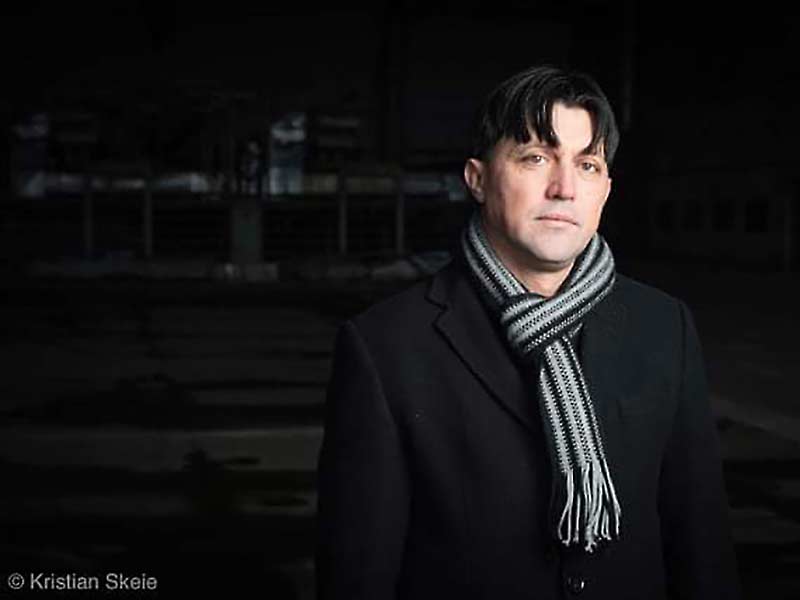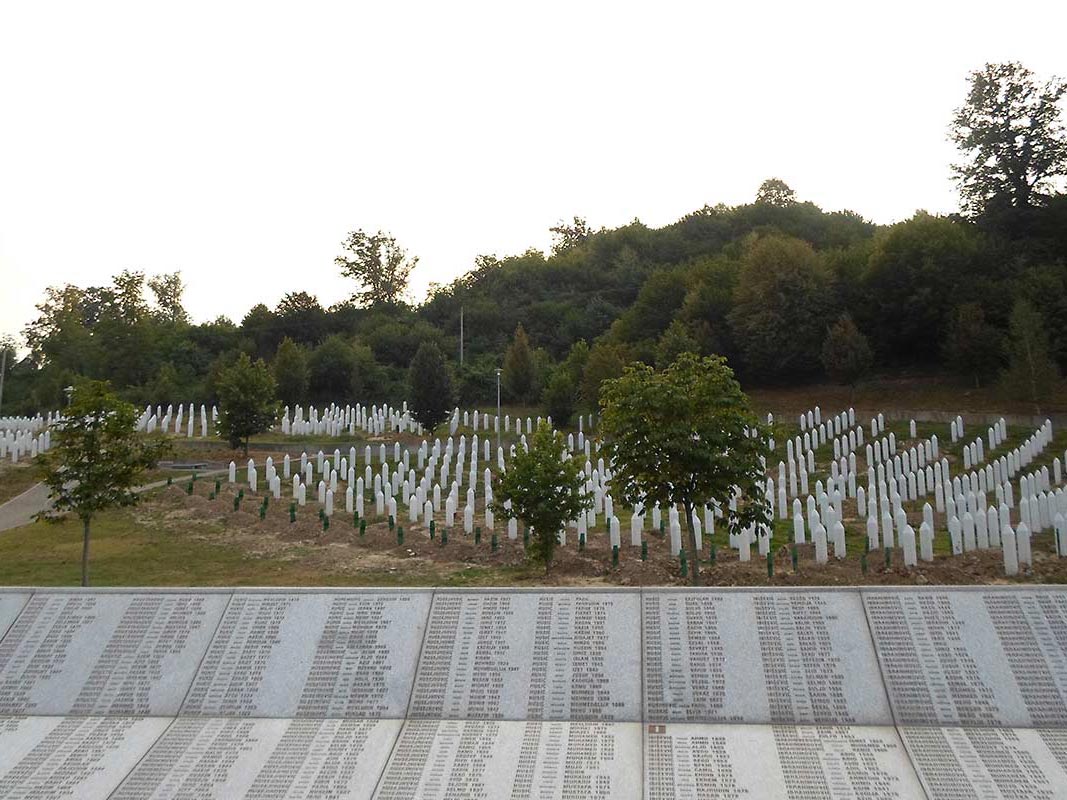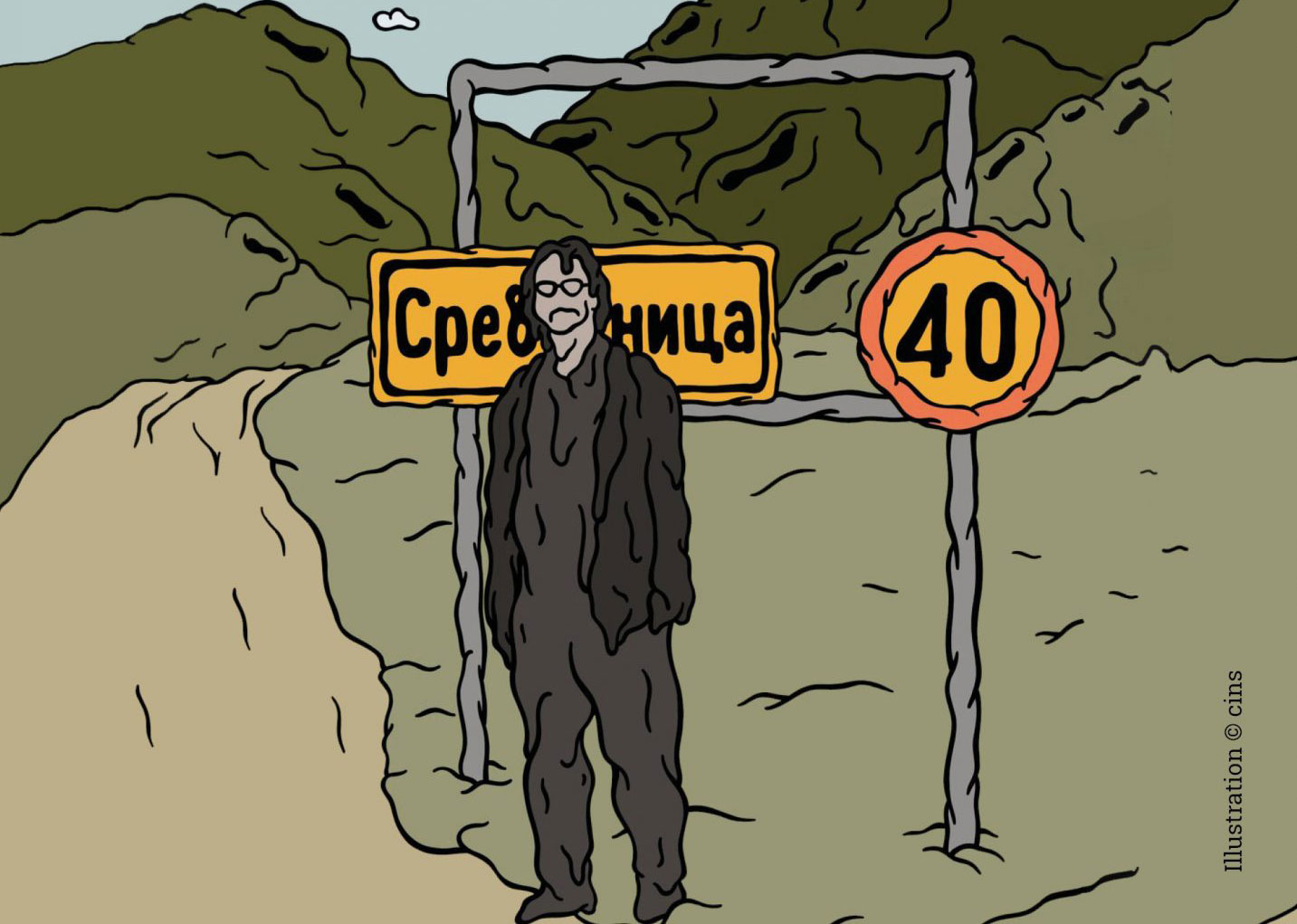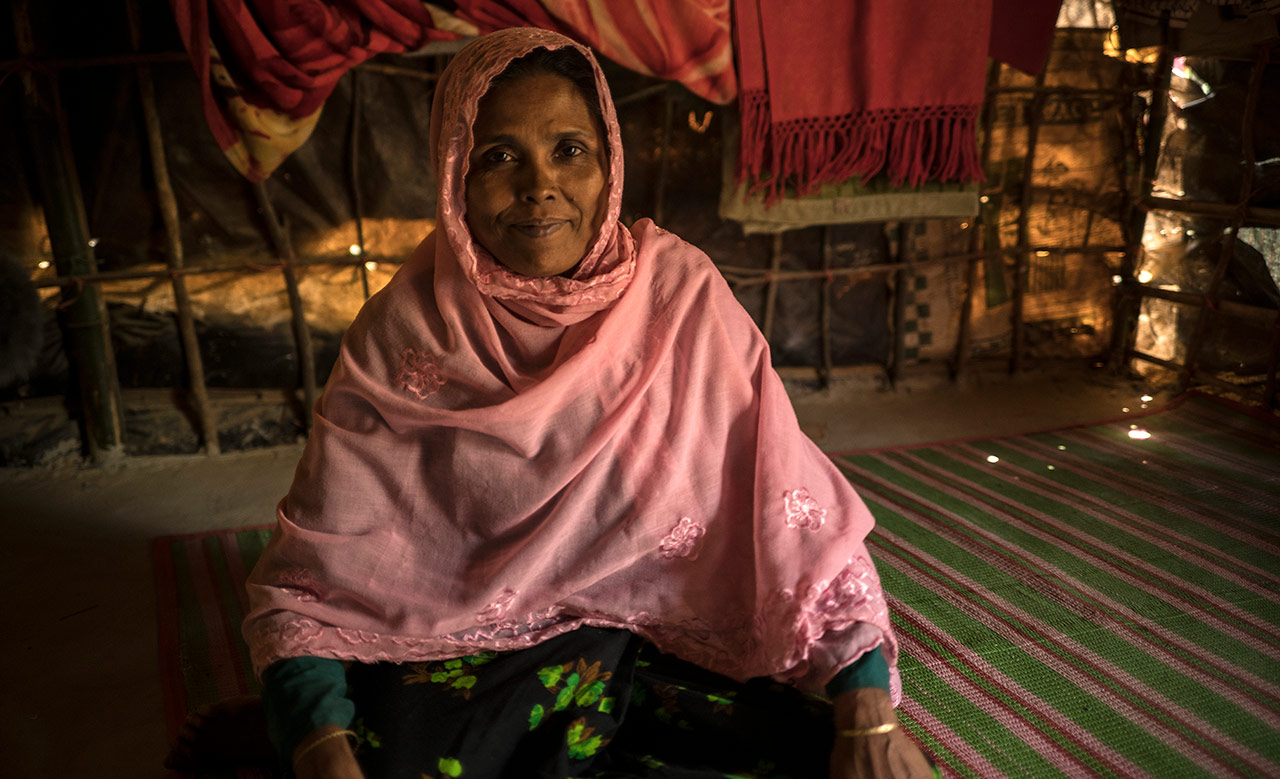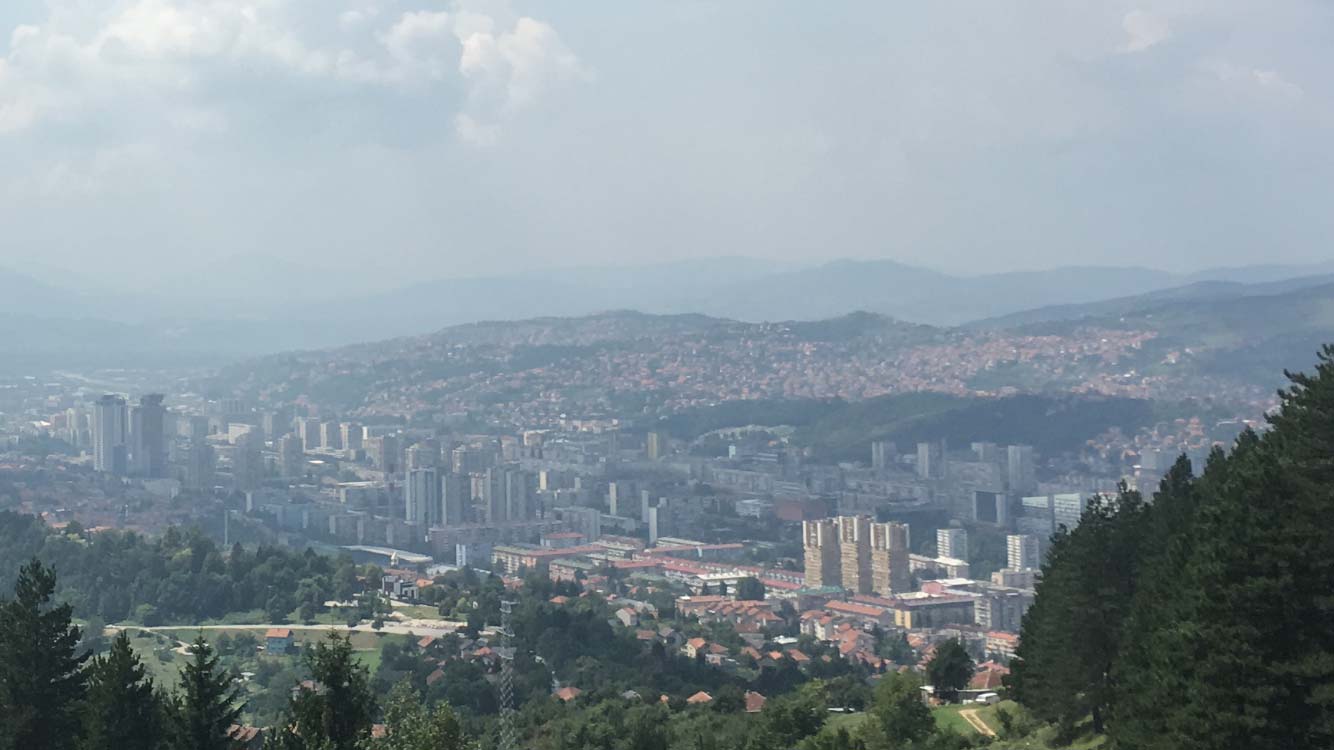War and Genocide in Bosnia-Herzegovina
In 2022, USC Shoah Foundation integrated first testimonies of survivors and witnesses of the 1992-1995 war in Bosnia-Herzegovina, with a particular emphasis on the 1995 genocide in Srebrenica. The integration is the result of the Institute’s partnership with the Srebrenica Memorial Center.
About the Collection
The Visual History Archive currently contains 21 testimonies of survivors and witnesses of the war and the 1995 Srebrenica genocide in Bosnia-Herzegovina. The testimonies had been recorded by the Srebrenica Memorial Center in collaboration with Balkan Investigative Research Network (BIRN) in 2020 and 2021 in several towns and cities in Bosnia. The collection contains 8 testimonies by male and 13 testimonies by female interviewees. The testimonies were recorded following the oral history methodology and they cover the prewar, wartime, and postwar periods. All testimonies are in Bosnian.
Brief Historical Background
The war in Bosnia-Herzegovina started in early April of 1992. Following the disintegration of Federal Socialist Republic of Yugoslavia in 1991 when Croatia and Slovenia declared their independence, Bosnia-Herzegovina also voted for its independence in March of 1992, facing immediate resistance from Bosnian Serb separatists who declared their own Republika Srpska within Bosnia-Herzegovina. Already in early April of 1992, Bosnian Serb forces attacked northern and eastern parts of Bosnia, expelling and killing non-Serb population, looting and destroying their property and cultural heritage sites, including mosques. A number of detention camps started their operation during this time, including Manjača, Omarska, Keraterm, Sušica, and Trnopolje camps, where Bosnian Serb forces detained and killed thousands of Bosnian Muslim and Bosnian Croat detainees. Detainees also performed forced labor or were used as a human shield. The four-year long siege of Sarajevo started in April of 1992, with some parts of the city being completely occupied by the Bosnian Serb forces, and its citizens terrorized on a daily basis by consistent shelling and sniper attacks. By the end of spring 1992, the Bosnian Serb forces occupied around 70% of the country’s territory, aided by their campaign of ethnic cleansing in eastern parts of Bosnia. The conflict between the Bosnian Croat separatist forces and the Bosnian Army erupted in central Bosnia in early 1993. The conflict reached its peak in the fall in central Bosnia and northern parts of Herzegovina, when both parties committed atrocities against the civilian population on the other side and formed several other detention camps. The conflict between the Bosnian Croat separatist forces and the Bosnian Army ended in 1994.
Genocide
In June and July of 1995, the Bosnian Serb forces captured the UN “safe areas” Žepa and Srebrenica and massacred over 8,000 Bosnian Muslim men in Srebrenica. When the attacks on and the siege of Srebrenica began on July 9, 1995, the civilian population from Srebrenica, including a few hundred men, fled to the vilage of Potočari to seek protection of the UN troops stationed there. Around 10,000 able-bodied men and demilitarized soldiers of the Bosnian Army, but also some women, gathered in the village of Šušnjari to start their journey through the forest to a free, Bosnian Army-held territory.
When the Bosnian Serb forces entered the city on July 11, 1995, they held captive the population that sought refuge at the UN base, while singling out and taking away a few hundred men that remained there. Those men were taken to other locations and summarily executed, while some were killed on the premises of the base. Some women were raped. A group that was trying to reach a free territory through the forest numbered around 10,000. In the days that followed, they were ambushed and tricked into surrendering. Only around 3,000 survived and reached the free territory. The rest were killed in ambushes, or, when tricked into surrendering, were taken to other locations and summarily executed. Their remains were buried into mass graves at different locations in eastern Bosnia. Later on, while trying to cover their traces, Bosnian Serb forces moved these remains and buried them into secondary and tertiary mass graves. Under the pressure of the international community, the conflicting parties signed a lasting cease-fire on October 12, 1995. On December 14, 1995, the presidents of Bosnia and Herzegovina, Croatia, and Serbia signed the Dayton Peace Accords, ending the war in Bosnia and Herzegovina.
Aftermath
After the war, those involved in the conflict - including heads of state, prime ministers, army chiefs-of-staff, interior ministers and many other high- and mid-level political, military and police leaders – were charged and tried for the crimes committed during the war in Bosnia by the International Criminal Tribunal for the former Yugoslavia (ICTY). In 2004, as part of the case of Prosecutor v. Krstić, the ICTY ruled that the crimes that took place at Srebrenica in 1995 constituted genocide. The genocide continues to be negated by the Bosnian Serb officials in the Republika Srpska entity.
More than two decades after the genocide, survivors still search for the remains of their relatives killed in the genocide that are buried in many mass graves that still remain uncovered in Bosnia. Every year, the identified victims are buried during a collective burial that takes place on July 11 at the graveyard adjacent to the Srebrenica Memorial Center. While many survivors returned to their prewar homes in Srebrenica and its surrounding villages, many more remain internally displaced or live outside of the country.
Smajil Klempić
From the Srebrenica Memorial Center Collection
In this excerpt from his testimony, a Srebrenica genocide survivor Smajil Klempić recalls the ordeal of Bosnian Muslim men who left Srebrenica after its capture on July 11, 1995 and embarked on a long and dangerous journey through the surrounding woods to reach safety.
Donate to the Institute
We would love to connect with you! USC Shoah Foundation’s Annual Fund team is here to help you as you enter your philanthropic relationship with the Institute.
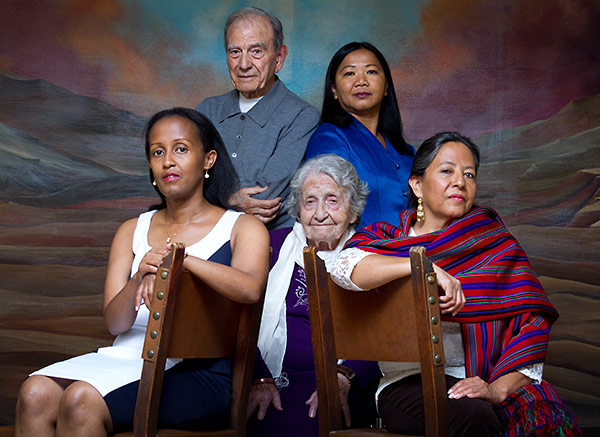
Related Articles
